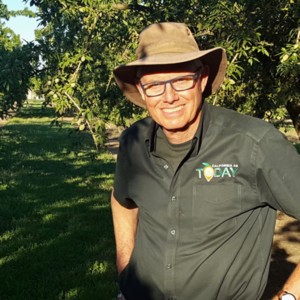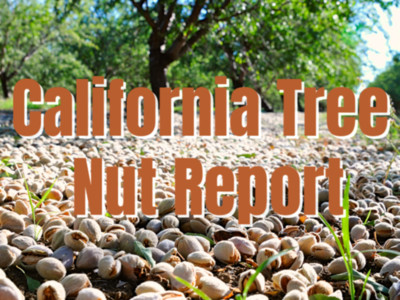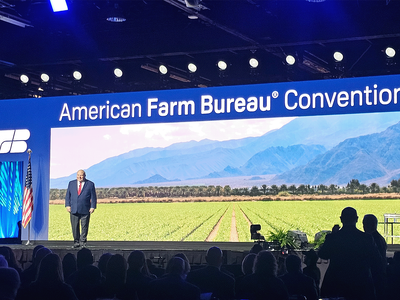Protecting Bees During Almond Bloom
Best management practices for pesticide use during the upcoming almond bloom. Josette Lewis is Chief Scientific Officer with the Almond Board of California.“To start off, it's very important to the grower to keep bees safe in the orchard because they pay a high price for those pollination services,” said Lewis. “And bee health is critical to getting a good return on investment for that, as well as ensuring we keep the cost manageable in future years,” she said.
Lewis said, it's the growers, the PCA, and the pesticide applicator’s, best interest to keep those bees safe. “In terms of how to do that---first, starting with insecticides, generally speaking, you shouldn't need to apply insecticides during Almond bloom,” she said.
“So, we recommend not using insecticides. It’s also important not to tank- mix insecticides and fungicides because research shows that some combinations mean that even insecticides that are not harmful alone can cause problems for bee health when combined with fungicide,” noted Lewis. “So you shouldn't need to apply insecticides to begin with. And certainly, don't tank-mix them with fungicides.”
Lewis said that the best time to apply any fungicides are at night when bees are not flying. When the sun goes down and the temperatures drop, bees tend to stay in their colonies until the next morning.
















